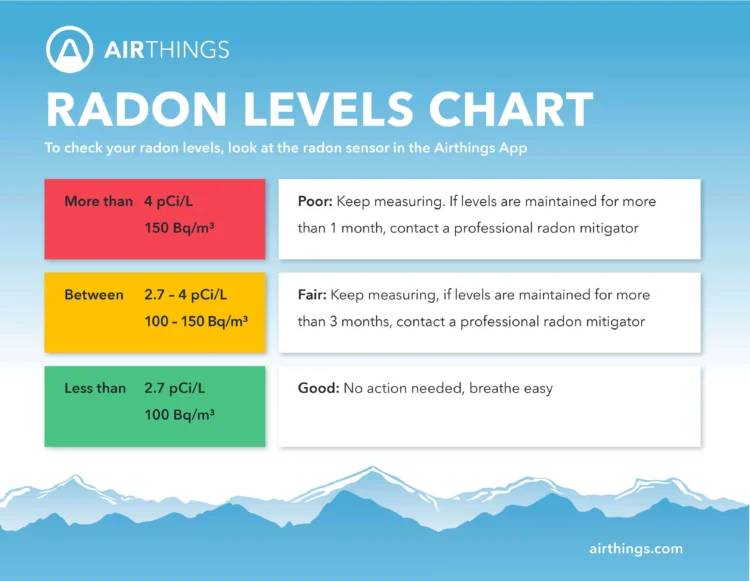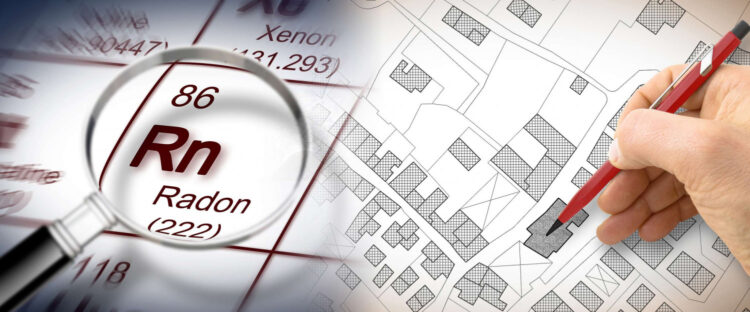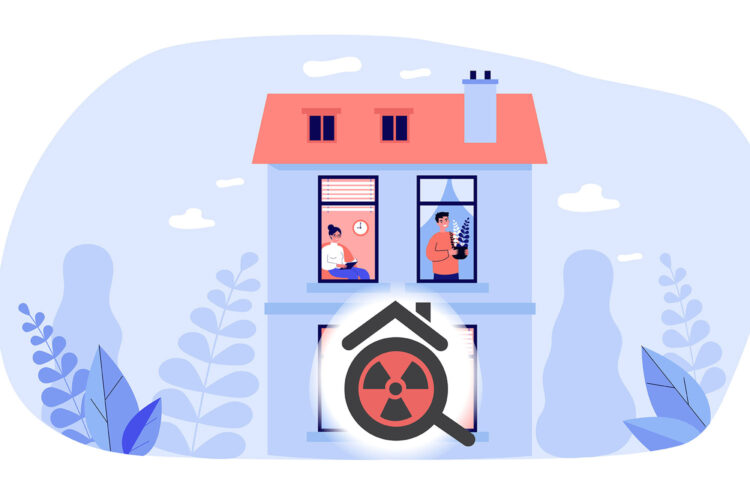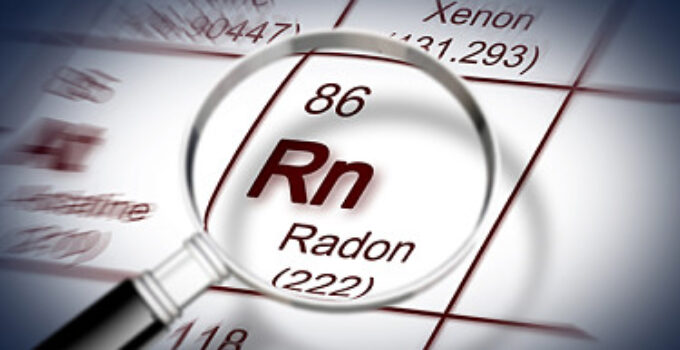Technological advancement has raised concerns about exposure to different forms of radiation. This concern is now being focused on the radon levels within their house. Being a naturally occurring substance, it has started threatening people’s health. It is identified as the leading cause of lung cancer for nonsmokers; thus, people have started to focus on reducing the radon levels in and around the surroundings.
There is no known level of radon that has been identified as safe. So people are often in search of mitigation solutions. Some key points and tips to help you mitigate radon levels at your home are discussed in this article. If you need immediate assistance, don’t hesitate to contact the Louisville radon mitigation professional team. They can help you keep the radon levels within your home at the right level.
Page Contents
Radon Levels At Your Home – How It Accumulates

Source: airthings.com
It is also found in trace quantities in the well water, as it is close to soil and rocks. Thus if you use well water as the major water source, there is a good chance radon is accumulated inside your houses. This does not contribute to a major source but it does have considerable impact on human health.
Although negligible, some scientific studies have found that several building materials contribute to increased radon levels. All these different factors can be easily mitigated by taking some precautions.
Reducing Radon Levels – What And How?
The atmosphere contains different kinds of gases ranging from Nitrogen to Carbon Dioxide; humans need to be only concerned about these gases and their composition if an imbalance occurs and one exceeds the other. Similarly, radon levels at your houses are rarely a concern, but in certain cases, their levels exceed the threshold and can cause many issues. The Environmental Protection Agency (EPA) has advised homeowners to be only concerned if the radon levels are from 2 pCi/L through 4 pCi/L.
To reduce its concentration levels, it is advised to test your home and approximate the current state. Immediate actions, including fixing the radon mitigation system and consulting a professional contractor, are recommended by the EPA if its levels exceed 4pCi/L.
Radon Mitigation Tips

Source: miradongas.com
Although their mitigation is difficult to handle, there are little tips that can help you manage and avoid long-term issues.
- Sealing off hatches, cracks and ventilation
- Providing radon sump
- Ensuring natural under-floor ventilation
- Investing in mechanical underfloor ventilation
- Revamping air ducts and ventilation system to implement soil depressurization system.
- Inspection of the ventilation system at regular intervals.
To determine what works best for your house, it is advised to test your house to measure the concentration of different gases. All these tips and their effects vary depending on the existing radon levels, size and area of the house. Some of these techniques are very much effective but require professional help. Thus, if there are high radon levels, it is always advisable to seek professional help.
Importance Of Radon Reduction
Cancer is one of the major challenges humans face in the modern world. Cancer might occur for multiple reasons, one of which is radon. Like other radioactive materials, it can accelerate the chances of contracting cancer. It has been identified as the second leading cause of lung cancer after smoking. Usually people who smoke are more vulnerable to lung cancer, but if radon accumulates in your house, you are at high risk of getting cancer.
It is an odorless gas estimated to cause around 21,000 deaths yearly. Although the accumulation of radon gas might be in small quantities, the health issues that arise due to it are increasing at an increasing rate. It is important to mitigate, manage and reduce it in your house to avoid all possible health issues.
Cost Benefit Analysis Of Different Techniques
Numerous methods to mitigate radon were explained above. All these techniques often cost a lot. Most of these techniques require around 15,000 $ to 50,000$. Depending upon the area and size of your house, these prices might vary in these margins. This cost is way less than the treatment costs of lung cancer. However, since its reduction is a cost-effective way to prevent lung cancer risk, it is expected to save around 50,000$ to 100,000$ in hospital bills.
This process can also help improve the air quality; thus, overall health improvements can be expected, thus further reducing expenditure on health. Spending money on different home renovations is generally less costly than spending them on hospitals. All the health benefits of radon reduction cannot be just evaluated using the monetary value; these benefits contribute towards improved quality of life.
Most of the complex techniques that include ventilation monitoring and revamping require professional help, as these works go beyond the skills of an ordinary homeowner. This may cost a lot, but as mentioned, when looking at the bigger picture, these minute changes and details help save a lot in the long run in all aspects of human life.
Conclusion

Source: creb.com
The selection and implementation of radon reduction techniques require different levels of analysis and diagnostics. It is important to find its entry points and levels in the atmosphere before taking measures. Due to the varying nature of home, finding the right approach to mitigate the concentration and managing associated issues are vital to improving individuals’ quality of life and health.
More concern and awareness need to be raised regarding this issue. People are often aware of various radioactive sources and their effects on humans, but there is a common misconception and need for awareness regarding radon levels. This needs to change to bring a meaningful impact on the health aspects of society.





